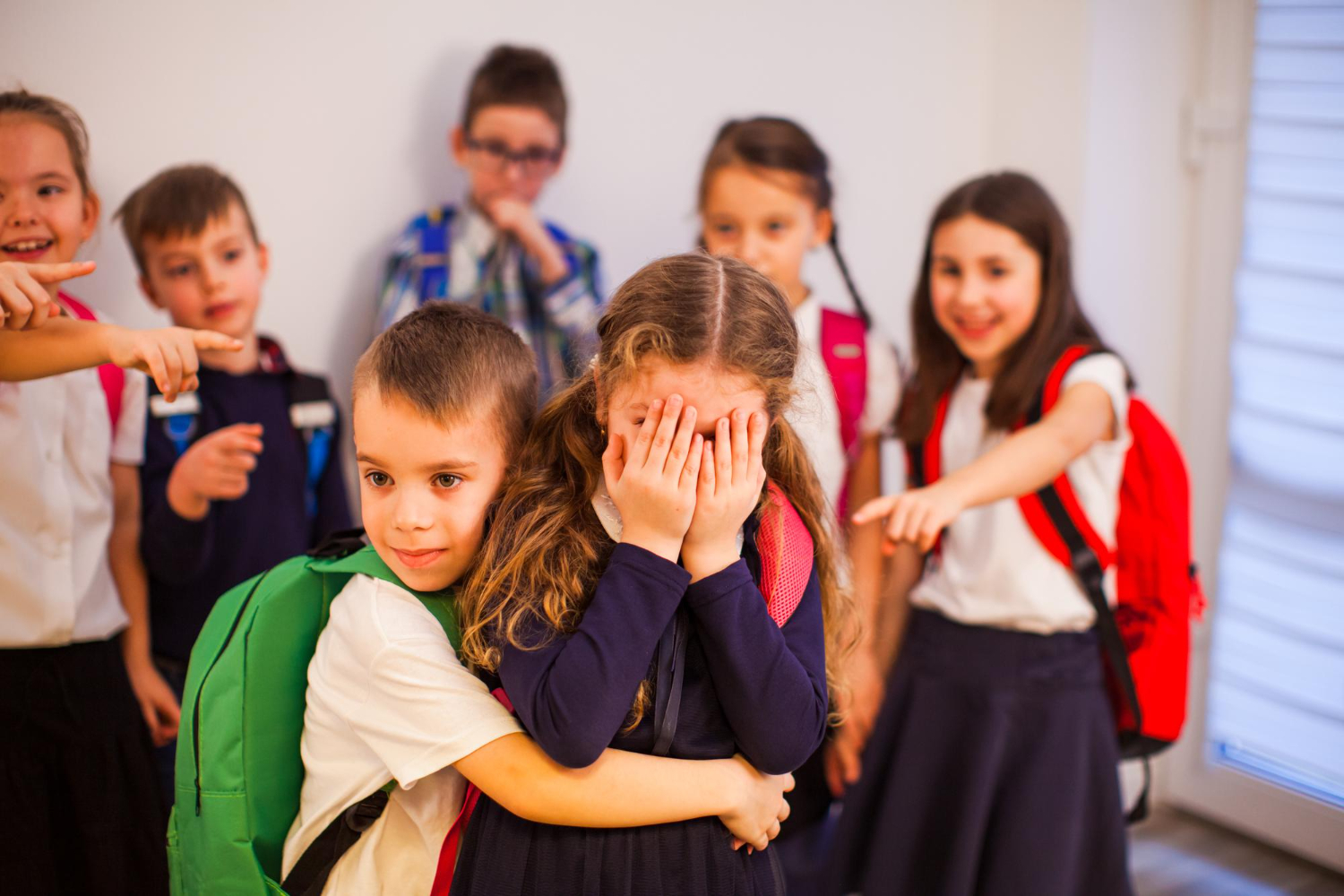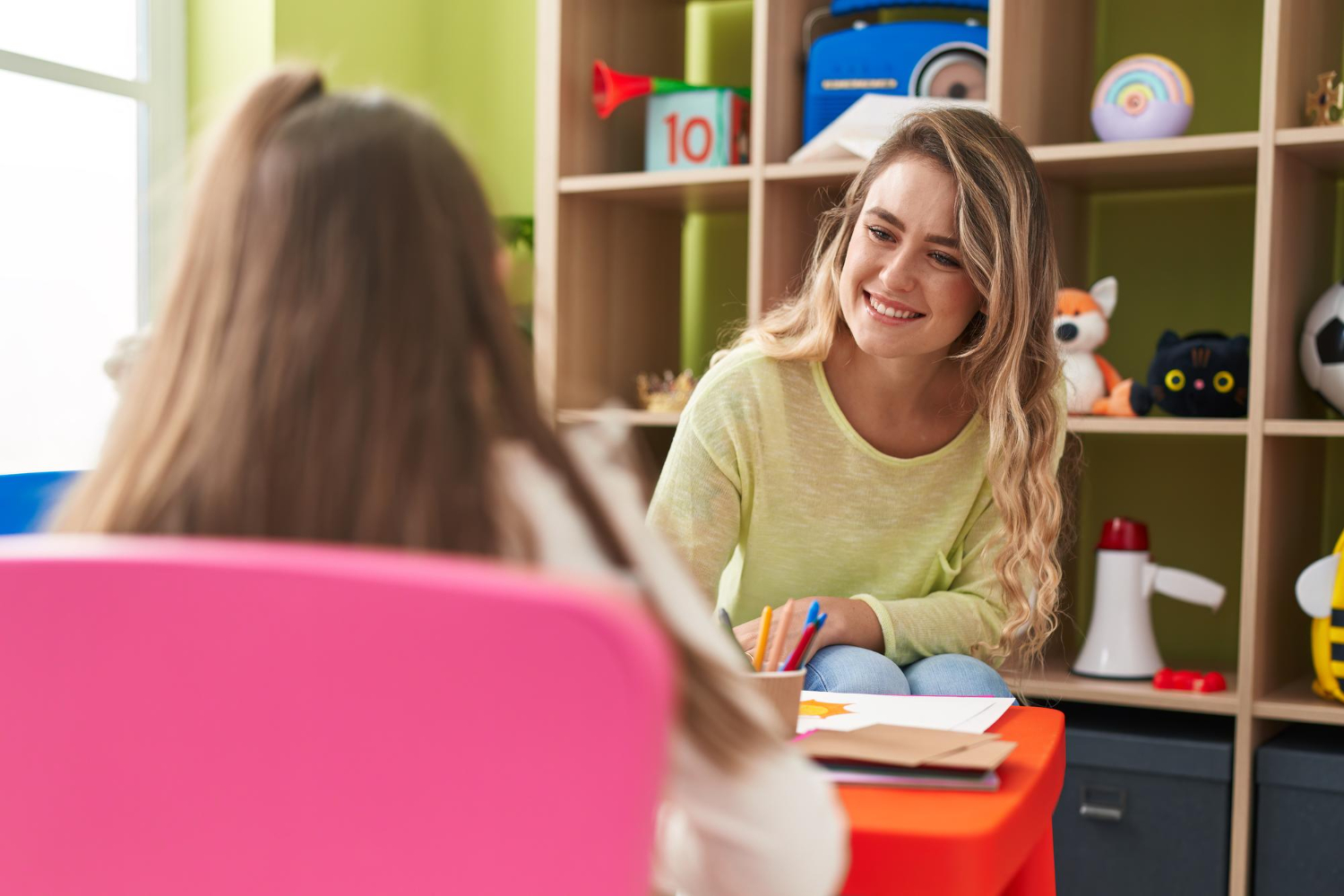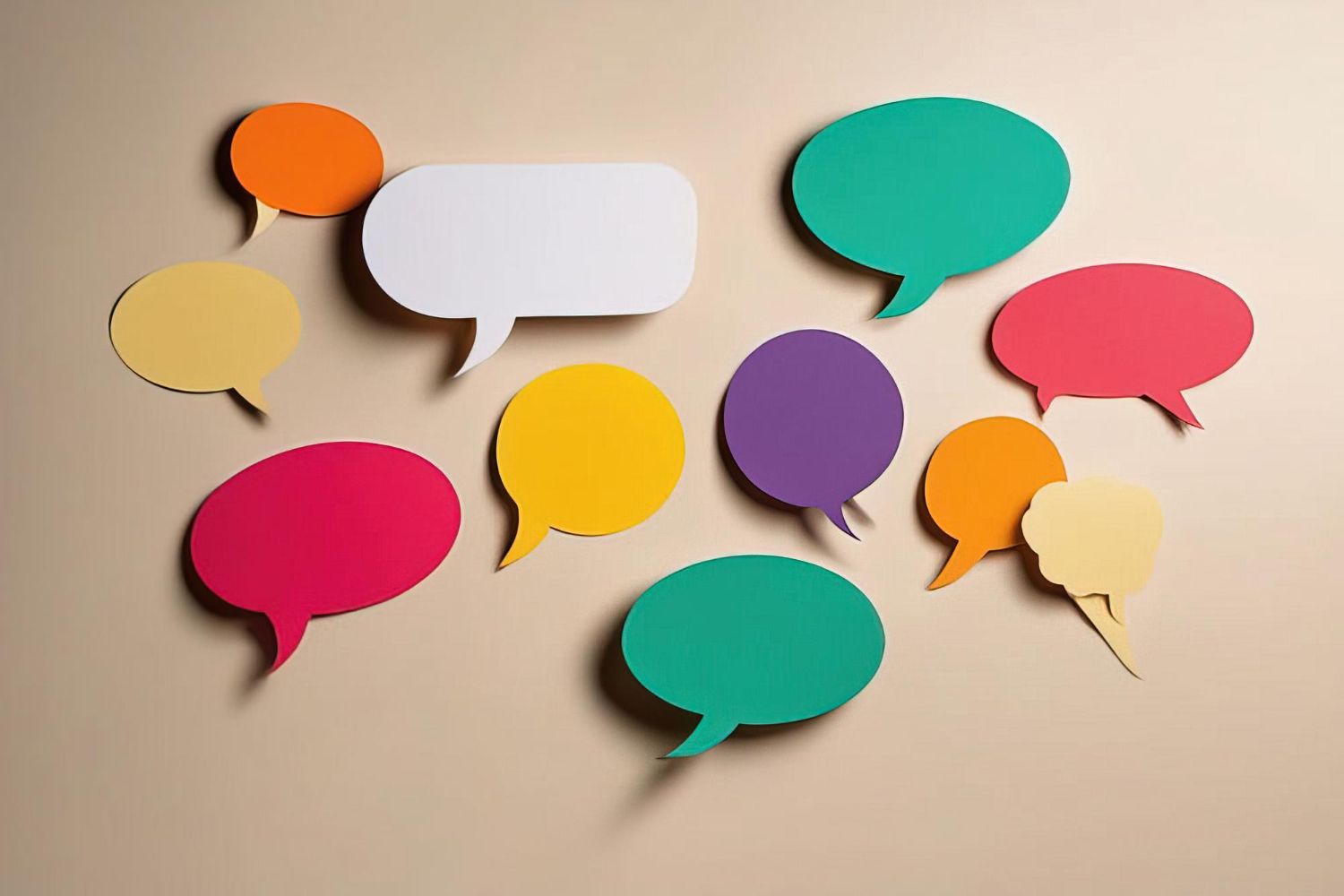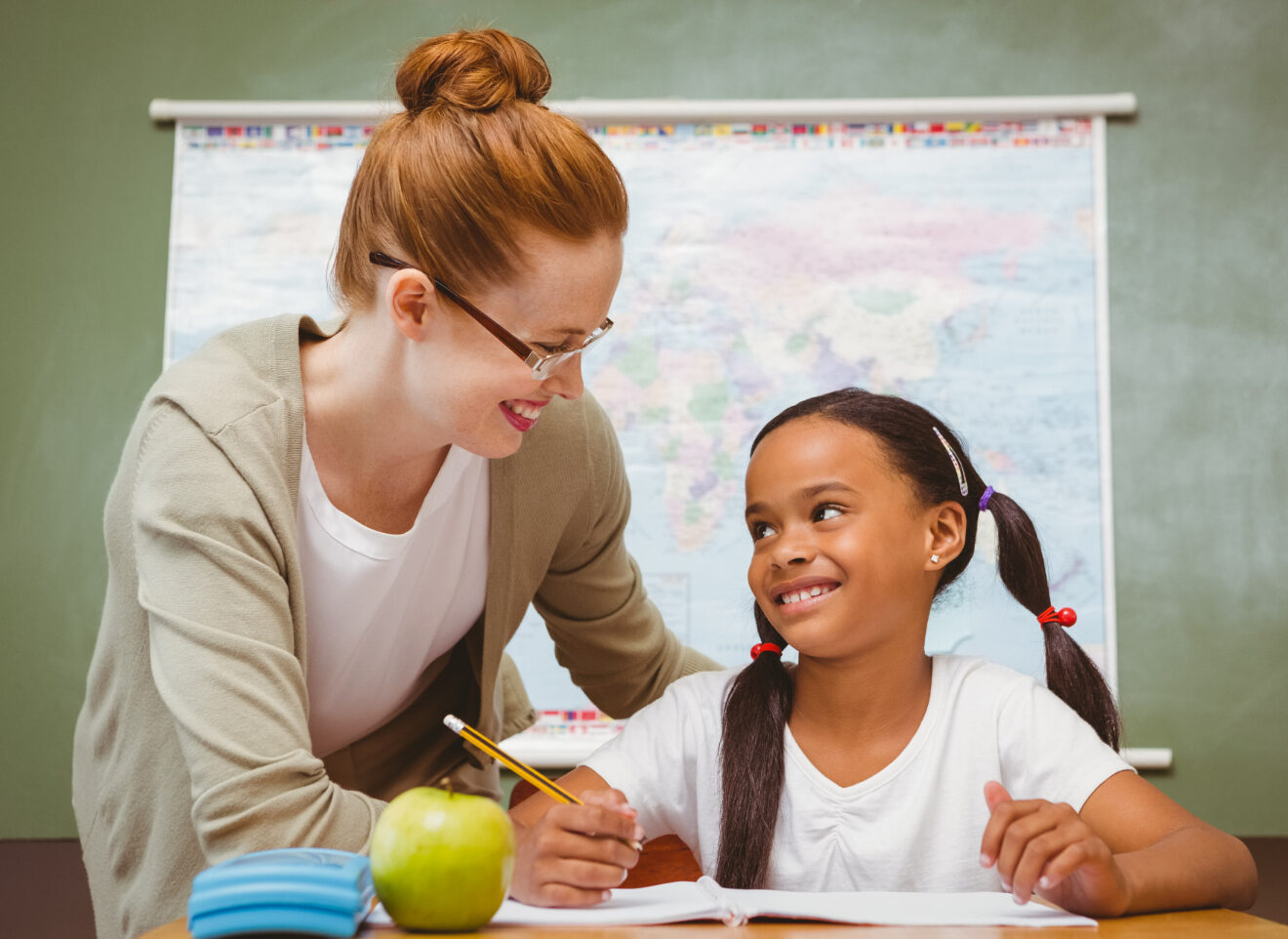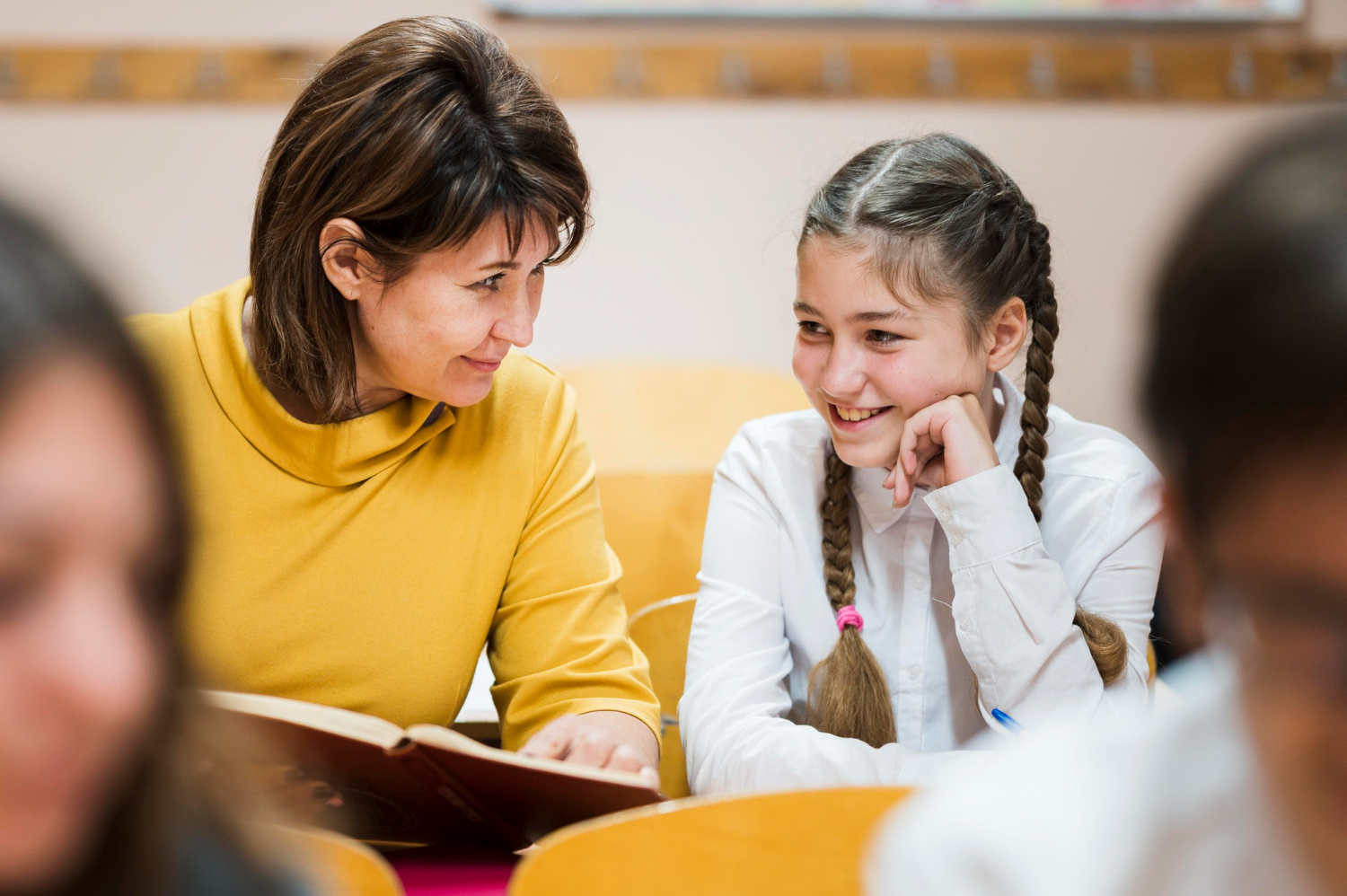Conflicts can happen in even the most positive and open classrooms and can disrupt your students’ ability to learn. If left unchecked, it can even lead to aggression and violence between students.
As teachers, it’s essential to have effective conflict resolution strategies in place to address these issues promptly and maintain a positive learning environment.
In this article, we’ll explore some practical tips for teachers on how to deal with conflicts in the classroom effectively. The techniques below are a few strategies teachers can use to create a safe classroom environment for all.

